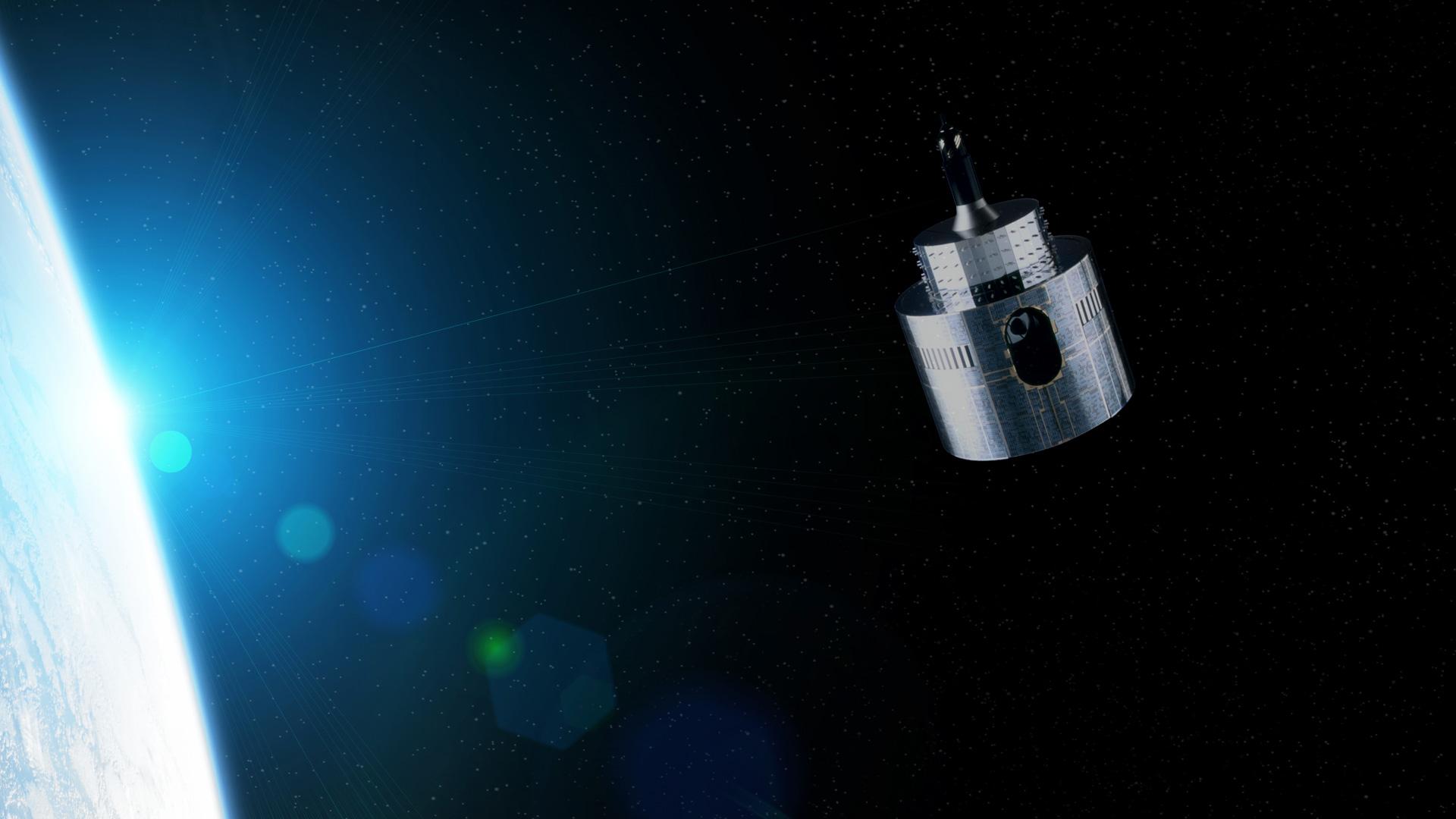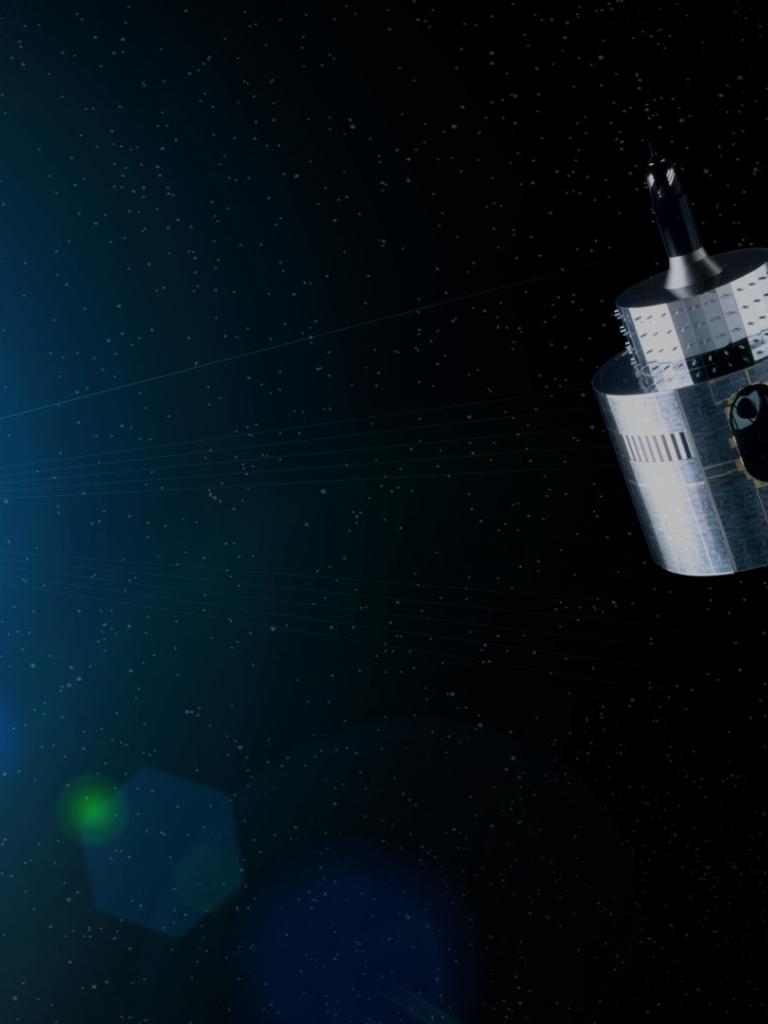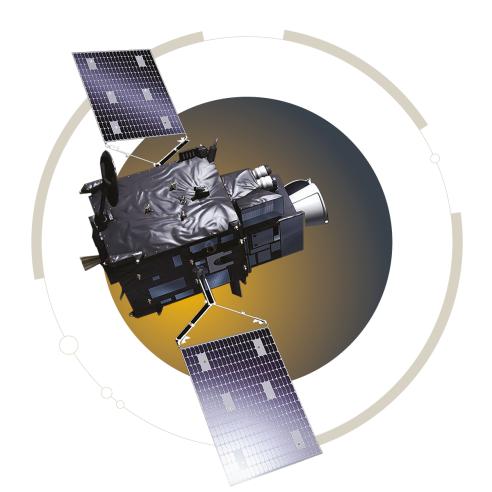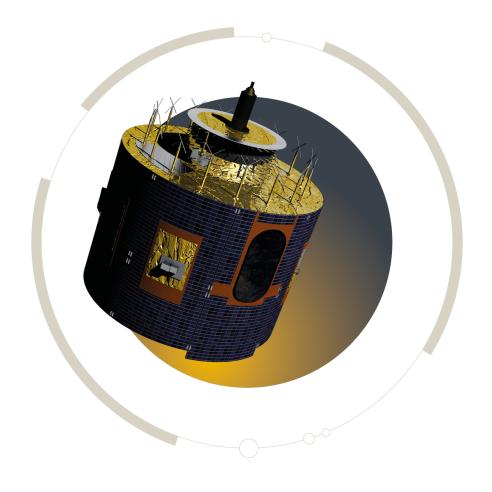17 September 2024
19 May 2020
In 1968, the eight-nation European Space Research Organisation (ESRO), now the European Space Agency (ESA), received funding for studies of application satellites, including weather satellites.
The initial programme, Meteosat First Generation, introduced the concept of a global system of geostationary platforms capable of observing the atmospheric circulation and weather around the equator, in near-real time.
In September 1972, ESRO officially adopted the Meteosat programme and launched the first prototype Meteosat satellite in November 1977, followed by Meteosat-2 in 1981.
In 1981, an intergovernmental conference of 17 European countries — convened to consider the matter of long-term continuity of Meteosat — decided a new, specialised operational organisation was needed. In March 1983, the convention for the future EUMETSAT was agreed.
At the same time, the member states of the European Space Agency agreed to initiate the Meteosat Operational Programme, involving the construction of three more satellites to be handed over to EUMETSAT.
Meteosat-4, -5 and -6 were launched between 1989 and 1993. Meteosat-3 was an old engineering prototype, which was launched in 1988 after refurbishment to successfully fill the gap until Meteosat-4 became operational.
In May 1991, the EUMETSAT council decided to establish an independent ground segment, to replace the system established by ESA in 1977. This was the start of the Meteosat Transition Programme, which covered the phasing out of the Meteosat Operational Programme to the start of the Meteosat Second Generation programme.
On 15 November 1995, control of the Meteosat satellites in orbit was passed to EUMETSAT. Meteosat-7, the final satellite in the series, was launched on 2 September 1997.
Read more about the Meteosat programme in this special ebook.
Meteosat First Generation services
- Prime 0 degree service — providing image data, meteorological products, data collection and retransmission
- Meteorological data distribution service — comprising meteorological observations and charts containing both data analyses and forecasts
- The rapid scanning service (RSS) — scanning the alpine region at five-minute intervals. Established as an operational service from September 2001 to January 2007
- Indian Ocean data coverage (IODC) — spare Meteosat satellites undertook the IODC service from 1998 to 2017
- Atlantic data coverage (ADC) and extended Atlantic data coverage (XADC) — to bridge a gap in availability of data from the United States’ GOES satellites from the western Atlantic Ocean, Meteosat-3 was moved to the west from 1991 until 1995
More detailed information about coverage and data dissemination can be found in this satellites history document.





